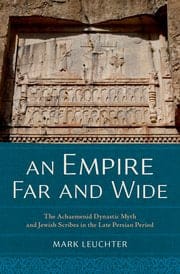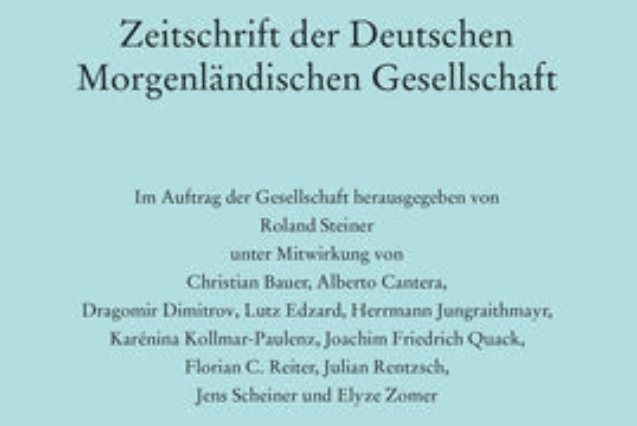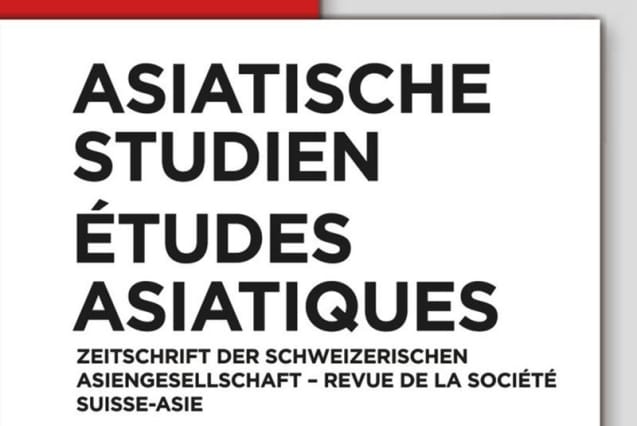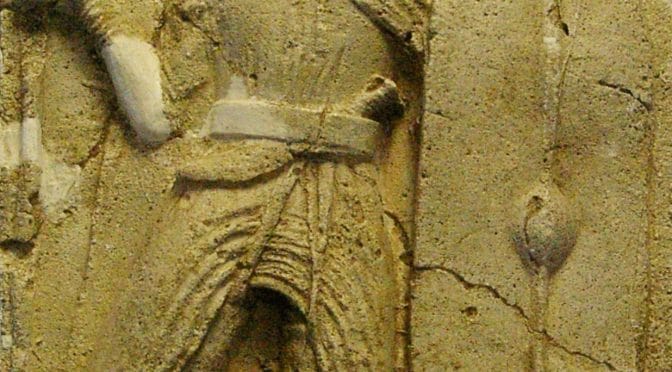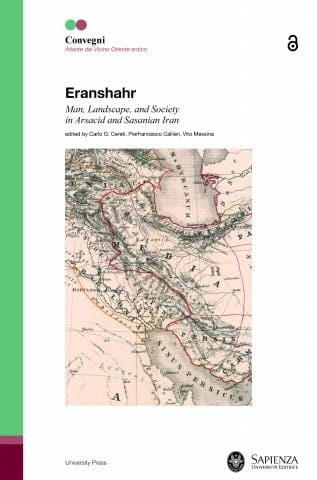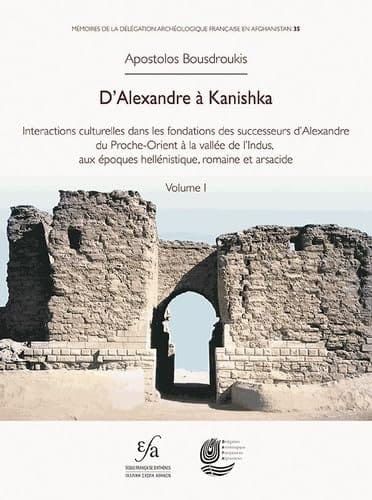Nolan, Daniel. 2025. Zoroastrianism and contemporary philosophy (Elements in Global Philosophy of Religion). Cambridge: Cambridge University Press.
Zoroastrianism is a religion with a long history, but it has been comparatively neglected by contemporary philosophers. This Element aims to bring aspects of its long intellectual history into conversation with contemporary Anglo-American philosophy. Section 1 provides an introduction to Zoroastrianism and its history, some of the important texts, and some contemporary philosophy engaged with Zoroastrian themes. Section 2 discusses distinctive contributions Zoroastrian thought can make to the problems of evil and suffering. And Section 3 discusses a ‘quasi-universalist’ approach to puzzles about heaven and salvation, inspired by Zoroastrian theological texts.
Summary
For those with access,this title is also available as open access on Cambridge Core.


